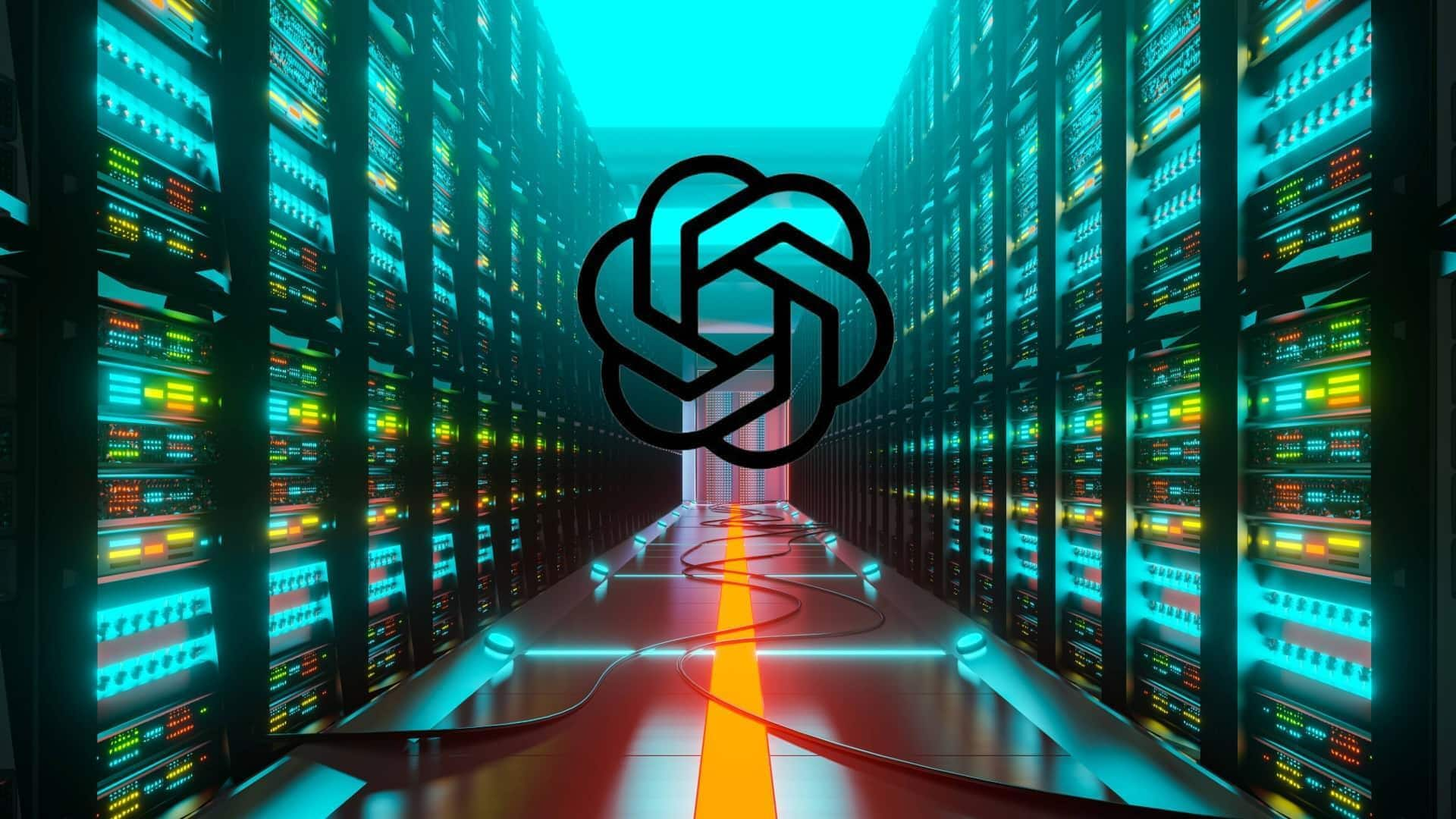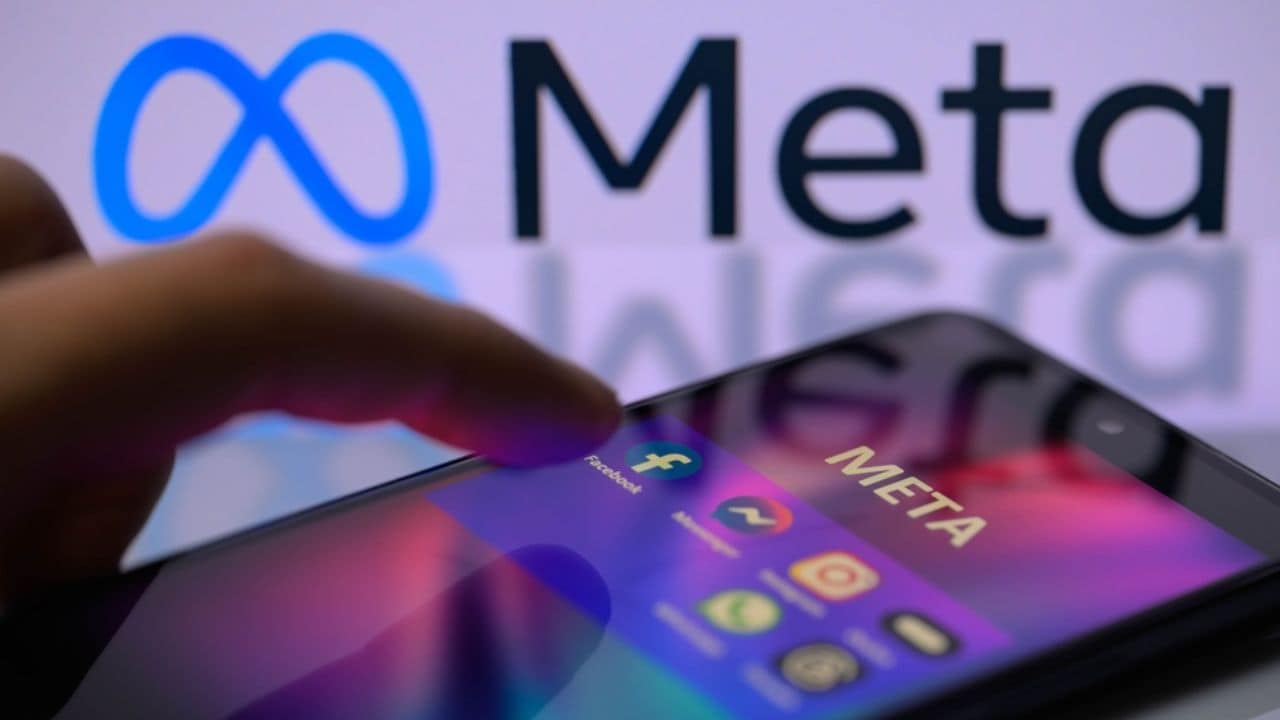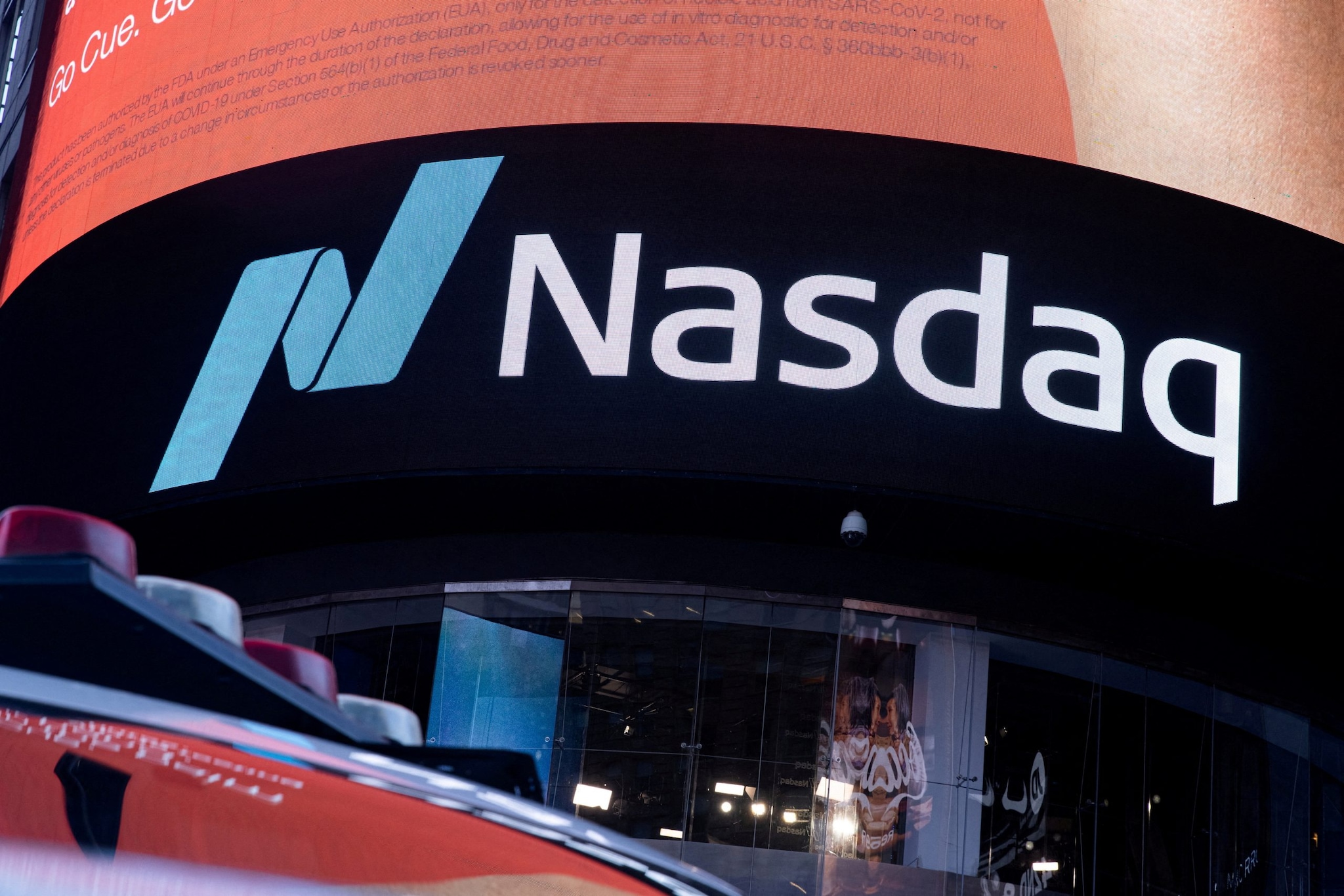The Modern Learning Path
Education in the modern age is not a static process, but a dynamic field characterized by continuous change. Traditional methods of teaching are gradually
giving way to more innovative and learner-centric approaches. Technology has become an integral part of the classroom, revolutionizing the way information is accessed and shared. Online learning platforms, interactive tools, and digital resources have expanded educational opportunities, allowing students to learn at their own pace and from anywhere in the world. The focus is now shifting from rote memorization to the development of critical thinking, problem-solving skills, and creativity. The integration of technology has also made education more accessible to diverse learners, including those with disabilities and those from underserved communities. Educators are adapting their teaching methods to cater to different learning styles and ensure that every student receives an equitable and high-quality education. This transformation requires ongoing professional development for teachers and a commitment to lifelong learning.
Emerging Educational Trends
Several trends are reshaping the educational landscape. Personalized learning is becoming increasingly popular, where educational programs are tailored to meet the individual needs and interests of each student. This involves using data analytics to track student progress, identify areas for improvement, and customize learning experiences. Another significant trend is the rise of experiential learning, which emphasizes hands-on activities, real-world projects, and practical application of knowledge. This approach helps students understand concepts better and develop essential skills. Furthermore, there is a growing emphasis on STEM education (science, technology, engineering, and mathematics), as these fields are critical for innovation and economic growth. Integrating coding, robotics, and data science into the curriculum helps prepare students for future careers. The focus on social-emotional learning (SEL) is another significant development, aiming to equip students with skills like self-awareness, empathy, and responsible decision-making. These trends, combined with inclusive education practices, are geared toward creating well-rounded individuals and a more supportive learning environment.
Challenges and Solutions
The shift in education is not without its challenges. One significant hurdle is the digital divide, where disparities in access to technology and internet connectivity create inequalities in educational opportunities. Bridging this gap requires investments in infrastructure, affordable devices, and digital literacy programs. Another challenge is ensuring that teachers are adequately trained to use new technologies and implement innovative teaching methods. Professional development and ongoing support are essential for educators to adapt to these changes. The rise of artificial intelligence (AI) and its impact on education poses another challenge. It requires careful consideration of how AI can be used to enhance learning, while also addressing ethical concerns and potential biases. Furthermore, aligning educational programs with the needs of the job market is crucial. Collaborations between educational institutions and industries can help ensure that students acquire the skills and knowledge needed for future employment. Addressing these challenges requires a collaborative approach involving educators, policymakers, parents, and students.
Stakeholders Role
Various stakeholders play a vital role in shaping the future of education. Government policies, including educational funding and curriculum development, significantly influence the educational landscape. Policymakers must prioritize investment in educational infrastructure, teacher training, and equitable access to resources. Schools and educational institutions are responsible for implementing these policies, adapting curricula, and creating supportive learning environments. They must embrace innovative teaching methods and ensure that all students have access to quality education. Teachers play a crucial role in implementing these changes by embracing professional development, integrating technology, and adapting their teaching to diverse learning styles. Parents and guardians should actively engage in their children’s education, support their learning, and collaborate with educators. The community can also contribute by providing resources, mentorship, and creating opportunities for real-world learning experiences. By working collaboratively, these stakeholders can create a more robust, accessible, and future-ready educational ecosystem.
















